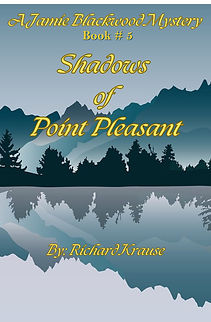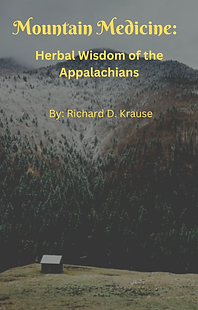The cloths sometimes do make the man.....
- Richard Krause
- Sep 8, 2018
- 3 min read
Well, here it is, another lovely Saturday. Yesterday was not as successful as I had hoped. The car turned into a bit of a job and I still have to finish it, hopefully today. But first I have to seek that wonder elixir of life, that fabulous gift from the gods, that bitter dark brew that gives substance to the morning. Have I mentioned that I have a weakness for coffee?
So okay now that I have had my morning pick me up, let’s get on with the subject of the day.
Many people think that the uniforms of the Napoleon era were the most colorful uniforms ever created. But were they?
To my way of thinking the German Landsknechte of 1470 thru 1545 were by far more colorful. The term "Landsknechte" was first coined by Peter von Hagenbach, recorder for Charles the Bold of Burgundy. The term Landsknecht translated literally means "servant of the country" and first began appearing in the German language in approximately 1470. The term applied to the mercenary soldiers of the areas of Alsace, Baden Wurttemburg, Austrian Tyrol, and other numerous countries in what is today Northern Germany. These soldiers served their countries in military service under the Holy Roman Emperors Maximilian I, Charles V, Ferdinand, and Maximilian II. These troops were originally created by the "father of the Landsknecht," Maximilian I, to uphold his claim to the Burgundian Legacy of the Netherlands. This was one reason for the formation of the Swabian Alliance in 1487. This alliance needed an army, and so the Landsknechte were born, the first created on German soil. In 1490, after the siege of Stuhlweissenberg, Maximilian had his troops swear their allegiance to him and their cause. This event brought about the discipline and unit integrity that would mold the future Landsknechte. This new military force was closely modelled on the fierce and well trained halbadiers and pikeman of the Swiss Confederation.
During the 16th Century the most feared soldiers on Europe’s battlefields were the landsknechts. These German mercenaries had such a reputation for unprincipled, ruthless violence one chronicler remarked that the devil refused to let landsknechts into hell because he was so afraid of them. This infamy was not undeserved as it was not unknown for entire regiments of landsknechts to swap sides in the middle of a battle if they were offered more money or to desert en masse when there was no more gold to pay them. So who were these flamboyant soldiers-of-fortune who terrorized Christendom for more than a century?
Landsknechts were exempt from the ‘sumptary laws’ that dictated the colors and style of clothing each social class could wear. Maximilian granted his soldiers this privilege because, in his words, their lives were “so short and brutish.” As a result, landsknechts dressed in the most garish costumes they could devise. Slashed doublets, striped hose, tight or voluminous breeches and outrageous codpieces were all worn in a deliberate attempt to flaunt their status, intimidate their enemies and shock civilians.
One of the most famous landsknecht commanders was Georg von Frundsberg [1473-1528] whose motto, viel feind, viel ehre, meant “many enemies, much honor.” Frundsberg masterminded most of Maximilian’s early victories and continued to serve the Holy Roman Empire under his successor Charles V.
Frundsberg’s finest hour came at the 1525 Battle of Pavia when his ‘beloved sons’, routed the French army and captured the French king, Francis 1st. The nadir of his career came two years later when his unpaid men mutinied and sacked Rome in an orgy of violence. . Frundsberg was so upset he had a stroke and died.
At the end of the Wars of the Roses , Margaret of Burgundy (sister of Richard III and widow of the Duke of Burgundy) sent a company of landsknechts to aid the Yorkist pretender Lambert Simnel . The company was commanded by a German named Martin Schwarz and was wiped out at the Battle of Stoke Field [1487]. The Tudors also used landsknechts, especially Henry VIII who, through his marriage to Catherine of Aragon, , was related to the Holy Roman Emperors. Both Maximilian and Charles loaned several companies of landsknechts to Henry for his invasions of France in 1513 and 1543.
These guys may have been a murderous, motley crew, but damn were they ever colorful!
Please meet my Landsknechts. See photos below.





















































Comments